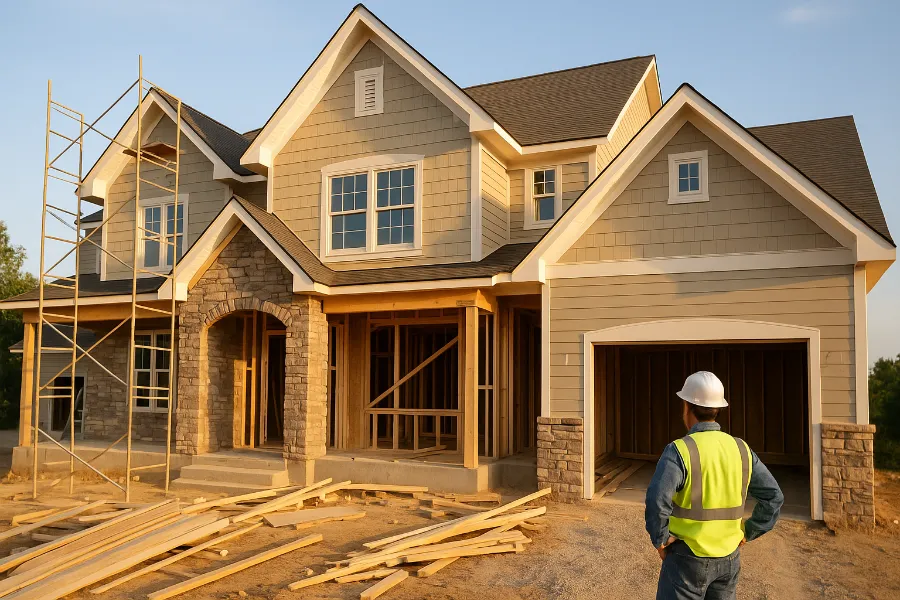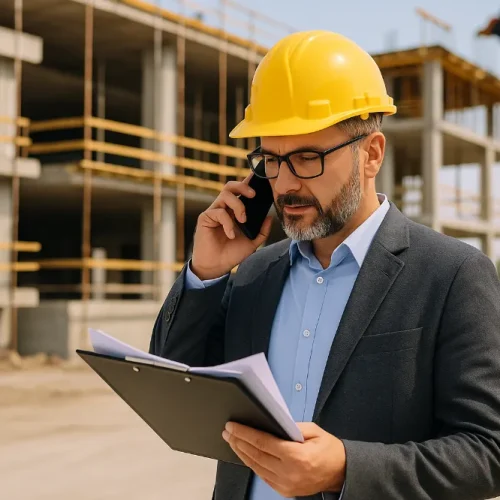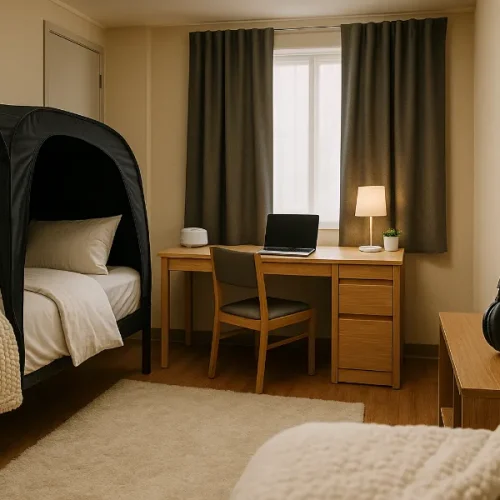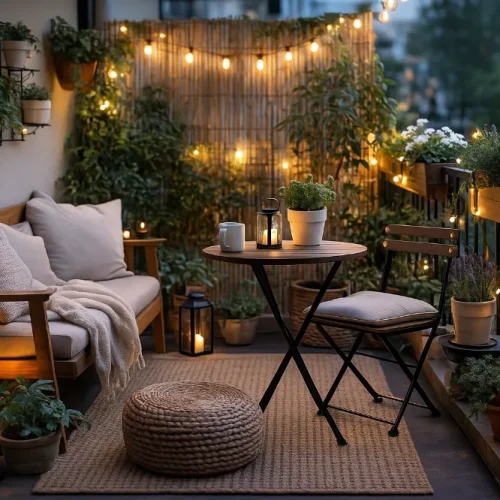
Building a custom home sounds amazing on paper. You get to design your perfect space, choose every detail, and create something that’s truly yours. But the road from dream to move-in day has plenty of potholes. Many first-time builders make the same mistakes over and over.
These mistakes can turn your dream home into a money pit or a source of ongoing frustration. The good news? Most of these problems are avoidable with some knowledge and preparation.
Don’t Rush the Planning Phase
Rushing through planning is like trying to build a house on sand. It might look fine at first, but problems show up later. Take at least 3-6 months for planning before you break ground. This might seem like forever when you’re eager to start, but every week spent planning can save a month of headaches later.
Things to plan carefully:
- Where rooms are positioned in relation to the sun
- How you’ll actually move through the space day-to-day
- Storage needs (most people underestimate these)
- Future needs (aging in place, family changes)
- Seasonal considerations (snow removal, drainage during heavy rain)
Your future self will thank you for being thorough now. People who rush often end up with homes that look good but don’t function well for their actual lives.
Budget More Than You Think You Need
Construction projects almost always cost more than expected. Always. A good rule: take your initial budget and add 20%. If you think you need $300,000, plan for $360,000. This isn’t being pessimistic – it’s being realistic.
Unexpected costs pop up from:
- Site issues discovered during excavation
- Material price increases during construction
- Design changes mid-project
- Upgrades you decide on once you see the space taking shape
- Permit or code requirements you didn’t anticipate
Choosing experienced custom home builders can help with more accurate initial estimates, but even the best builders can’t predict everything.
Pick Your Builder and Team Carefully
The right builder makes all the difference between a smooth project and a nightmare. Take your time here. Don’t just pick the cheapest bid. The lowest price often costs more in the long run through delays, mistakes, and cut corners.
Questions to ask potential builders:
- Can I see homes you built 5+ years ago? (To check how they hold up)
- How do you handle changes during construction?
- What was your most challenging project and how did you solve the problems?
- Who will be my main contact during the project?
- How do you handle disagreements with clients?
Check references thoroughly. Talk to at least three previous clients – and not just the ones they suggest. Ask those clients what went wrong and how the builder handled it.
Get Everything in Writing First
Verbal agreements lead to misunderstandings, forgotten details, and disputes. Everything important needs to be in writing.
Your contract should specify:
- Detailed scope of work
- Exact materials to be used (brands, models, etc.)
- Payment schedule
- Process for changes and their approval
- Timeline with major milestones
- Warranty information
The best time to clarify expectations is before work starts, not halfway through when walls are already going up.
Think Through Your Floor Plan Twice
Floor plans that look good on paper sometimes don’t work well in real life. This is where many people have regrets later.
Common floor plan mistakes:
- Too much open space (looks great but creates noise issues)
- Too little storage
- Poor traffic flow through main living areas
- Bathrooms that open directly to kitchen or dining areas
- Laundry rooms far from bedrooms
Walk through your plan mentally for different scenarios: bringing in groceries, having guests over, doing laundry, working from home during a rainy day. Many custom home builders now offer virtual walk-throughs to help visualize spaces before construction.
Don’t Cheap Out on Key Systems
Some parts of your home are much harder to upgrade later. These aren’t places to cut costs.
Invest properly in:
- Foundation quality
- Roof materials and construction
- HVAC systems
- Plumbing
- Electrical systems
- Windows and exterior doors
- Insulation
You can always update paint colors or cabinet hardware later. Replacing a poorly installed HVAC system or fixing foundation issues? That’s expensive and disruptive.
Stay Involved During Construction
Your job isn’t done once construction starts. Regular site visits help catch problems early. Visit the site at least weekly. Ask questions. Take pictures of everything, especially before walls are closed up. Those pictures might save you thousands later if you need to locate plumbing or wiring. But there’s a balance – don’t micromanage your builder or make constant small changes. This slows everything down and strains relationships.
Plan for the Unexpected Delays
Construction rarely finishes on schedule. Weather happens. Materials arrive late or damaged. Subcontractors have emergencies. Add at least 2-3 months to whatever timeline you’re given. Don’t plan a housewarming party based on the projected completion date.
Make arrangements that can flex with delays:
- Month-to-month rental agreements
- Portable storage options
- Flexible move-out dates from your current home
Building a custom home tests your patience, budget, and decision-making. But with careful planning, realistic expectations, and the right team, you can avoid the worst pitfalls. The reward is waking up in a home that truly fits your life – not someone else’s idea of what your home should be.
The Payoff of Building Smart
Building a custom home takes time, patience, and more decisions than most people realize. The process will test you. There will be days when you wonder if it’s worth all the trouble. Then move-in day arrives. You wake up in a bedroom positioned just right to catch the morning sun. Your coffee maker sits in that perfectly planned morning nook.
Your kids’ backpacks have designated spots that actually work. Everything has its place because you designed it that way. That’s the moment when all the headaches fade. A house built around your actual life instead of trying to adapt your life to someone else’s design that’s the real value of building custom. The mistakes you avoided won’t make headlines, but they’re the foundation of a home that works for you year after year, quietly making your daily life better.
FAQs
Unexpected site issues, material changes, and design adjustments are the most common reasons costs increase during construction.
A good rule is to add 15–20% as a contingency to cover unforeseen expenses.
Plan for at least 3–6 months to properly work through design, layout, permits, and cost expectations.
Look for experience, transparent communication, strong references, and detailed written contract processes.
Yes. Written agreements help avoid misunderstandings and protect everyone involved during the build.
Not enough storage, poor traffic flow, and impractical room placement are some of the most frequent issues.
Don’t cut corners on structural elements, roofing, HVAC, plumbing, and insulation, since these are costly to redo later.
Visit the site regularly and communicate with your builder, but avoid micromanaging day-to-day work.
Plan ahead, approve materials early, and maintain clear communication with your builder and contractors.
Yes when done carefully, it results in a home tailored to your lifestyle, comfort needs, and long-term vision.













